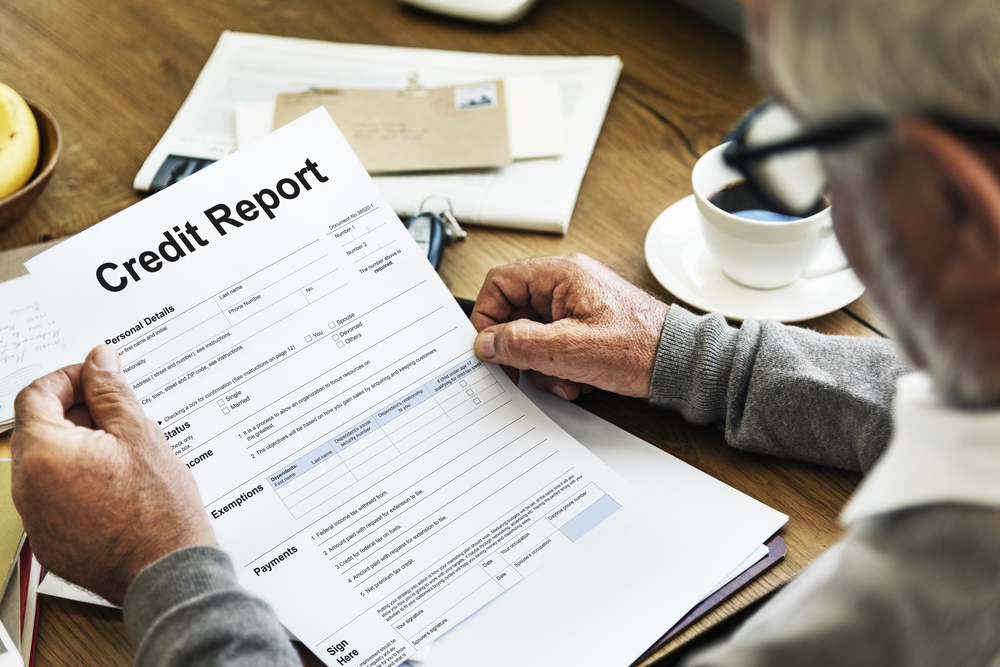Beyond the Balance Sheet: Deciphering Your CRIF Company Credit Report
In the world of corporate finance, your Company Credit Report and its accompanying score
Overview
In the world of corporate finance, your Company Credit Report and its accompanying score are the ultimate financial transcripts. They define your business’s creditworthiness and, crucially, influence your odds of securing a vital business loan. While the process may seem opaque, the CRIF report is a detailed roadmap to your credit health—if you know how to read the legend.
The report offers insights into your business specifics (nature, address, stakeholders), a summary of past and current credit facilities, and a log of every past search by potential lenders. Understanding the core sections is key to unlocking its power.
The Heart of the Matter: Scoring and Status
The most attention-grabbing element is the CRIF High Mark Score. Depicted in the range of 300 to 900, or as a rank from 1 to 5, this metric is the primary indicator of your credit and risk profile.
Lenders use this to quickly gauge your likelihood of loan approval. For quick interpretation
- A-D range signals Very Low Risk
- J-K indicates High Risk.
- Codes 13-17 are reserved for Exclusion Codes, meaning a conventional score is not assigned.
The report then moves swiftly to the Borrower Summary and Credit Profile Summary. These sections provide the total number of past lenders, the sanctioned and outstanding loan amounts, and the status of payments over the last year. Pay close attention to two key terms here:
- Delinquent Account: A debt that’s past its due date.
- PAR (Portfolio at Risk): The total outstanding amount of accounts where the Days Past Due (DPD) exceeds 90 days. This is a crucial metric for lenders assessing immediate risk.
Unearthing the Details: History and Red Flags
A significant portion of the report details the Account / Trade History. This is where your financial discipline is fully exposed. It breaks down every loan you’ve taken, specifying the lender, the type of facility, and its current status (active or closed). The Payment History / Asset Classification sub-section reveals your consistent repayment track record over the loan term.
Lenders also scrutinize sections dedicated to potential red flags:
- Additional Status: This outlines derogatory information such as willful credit defaults, loan write-offs, or suits filed against the company over the past two years.
- Suit Filed and Willful Default: A snapshot of any legal action or deliberate default reported against your business.
Finally, the Inquiries section logs every request a lender has made for your report over the last two years. While one or two inquiries are normal, a flurry suggests a business is desperately seeking funds, which can be interpreted negatively.
 Conclusion
Conclusion
The CRIF report is more than a required formality; it’s a powerful tool for self-assessment. By systematically interpreting the Firmographic Data, Relationship Details, and the precise payment history, you can proactively identify problem areas and improve your standing. Mastering the art of reading this report allows you to effectively build and leverage your credit score to finance your next business venture successfully.



